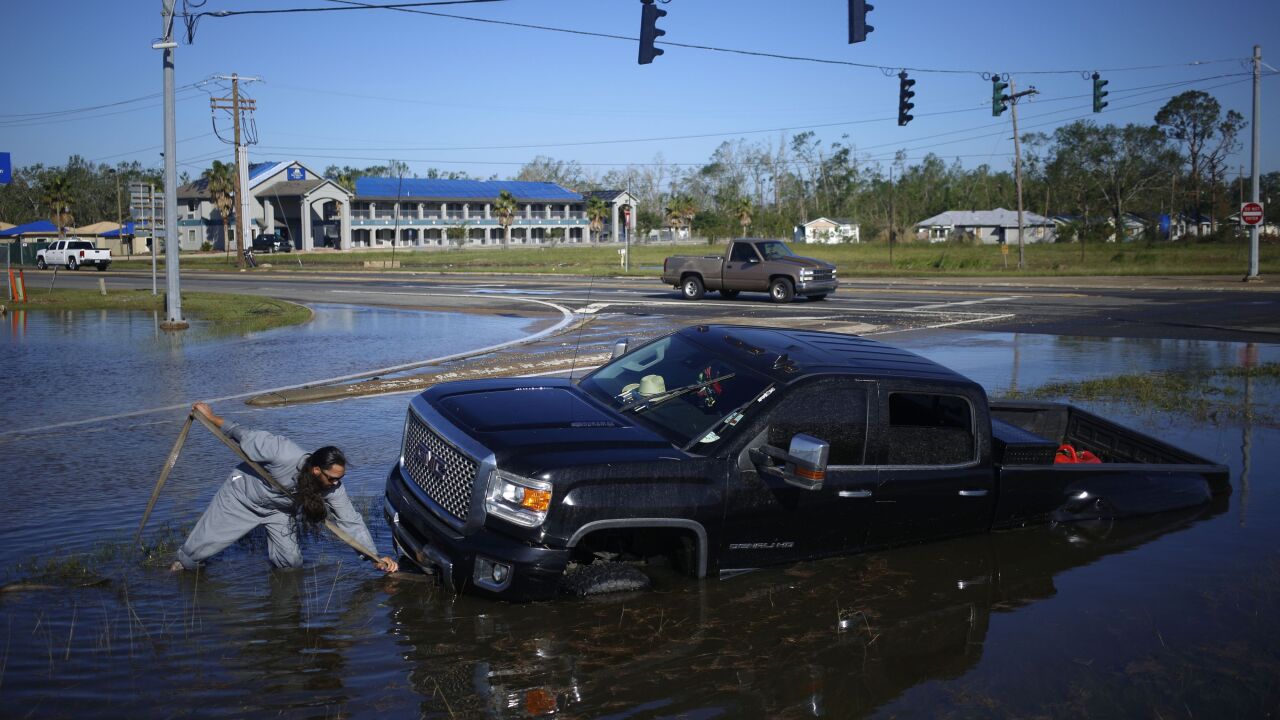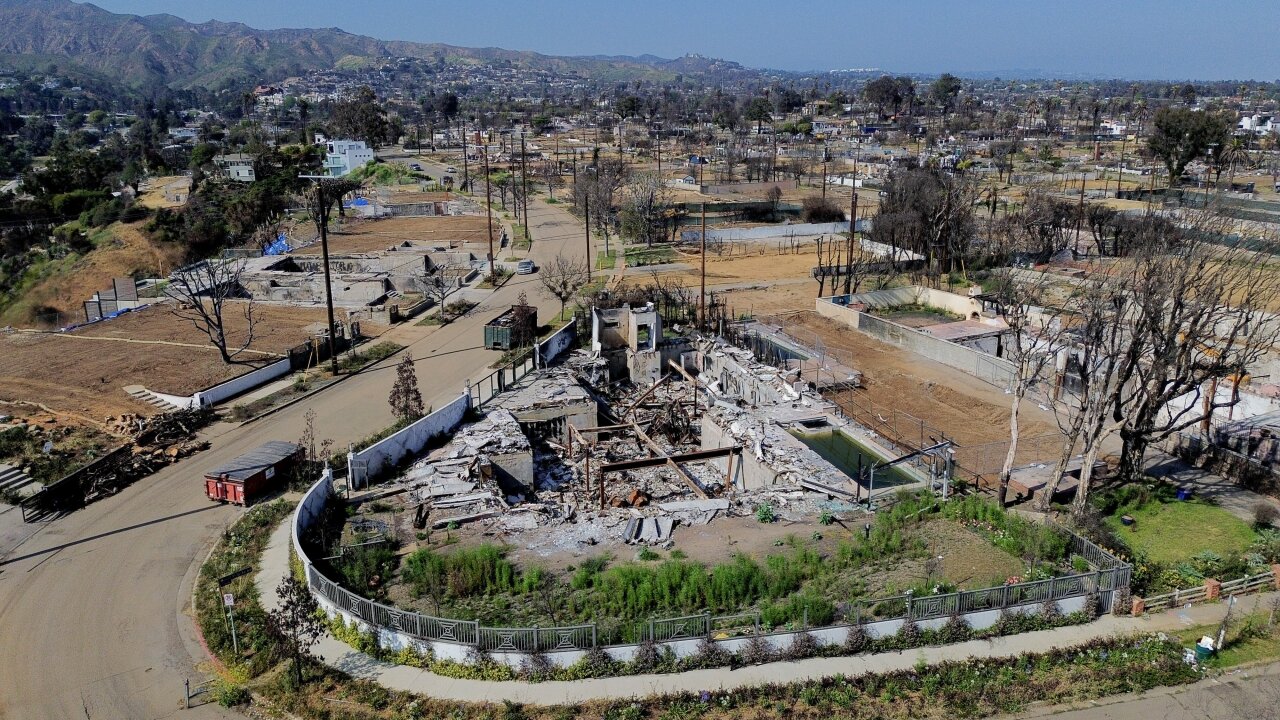Homeowners across the country are waking up to a new reality: property insurance is morphing from a mundane necessity to a hard-to-get luxury. Even in places unscathed by disasters, even for homeowners who haven't made a claim, getting dropped or receiving a notice of soaring premiums is becoming a common occurrence.
What's going on?
Insurance is no longer an arrangement between two parties: the policy maker and the policy owner. Climate change is now a third-party player, and it's changing the rules of the game.
Insurance used to be predicated on historical trends – the future was estimated using past norms. Unfortunately, nature is no longer staying within the "normal" boundaries that enabled humans to flourish, and yesterday's risk models significantly underestimate the risks today and tomorrow. As we continue to burn fossil fuels and add emissions to our atmosphere, our global temperature has reached highs never before experienced by humankind, making our world a more dangerous place.
Not every disaster is attributable to climate change. But scientists say it is "stacking the deck" or "loading the dice," often making natural disasters more powerful and frequent. New attribution enables scientists to quickly identify climate change's influence on major disasters; analysis shows over 70% of recent extreme weather events were
There are other factors at play when it comes to the surge in insurance pricing, of course. Prices were artificially suppressed by past regulators, rebuilding costs have spiraled, and more people are moving into disaster-prone areas. Poor forest and land management and unplanned urbanization have made us more vulnerable to weather-related disasters as well.
Our premiums are also impacted by catastrophes that happen across the globe. If reinsurance companies have to raise prices to cover payouts for severe drought in Europe, those increases can be passed to U.S. policyholders. Global damages over the past four consecutive years have hit over $100B, a level previously seen as extraordinarily high, increasing pressure on reinsurance companies to raise rates. With higher reinsurance premiums and higher payouts, U.S. insurance companies are struggling to stay profitable.
Another unexpected challenge? Places deemed safer from climate change, like the U.S. heartland, are experiencing higher insurance payouts because of "secondary perils" like thunderstorms, extreme rainfall, hail, and tornadoes. Insurers report they pay out more for these events in aggregate than the grand scale ones like hurricanes and earthquakes.
While stronger thunderstorms and torrential rains are clearly tied to climate change, our understanding of how hail and tornadoes are impacted is less certain, in part because historical data is limited. But their patterns are changing. Tornadoes are happening more often in clusters and are moving from "tornado alley" to heavily populated areas toward the east. Hailstones are getting bigger and more damaging. While scientists study these changes, insurers are leaving the market.
This escalation is our new normal. Climate change will continue to put pressure on our insurance system and society at large. It's going to get hotter, storm surges are going to get higher, droughts are going to intensify, and wildfires are going to become more widespread. And they are going to strike areas that historically have been deemed safe.
Because our oceans are now so much hotter, hurricanes can form and maintain their strength farther from the equator, which means more powerful hurricanes could hit areas that are ill-prepared. We should note that climate change also impacts wind shear, which could lower the number of weak hurricanes in the future; the ones that do form have a greater likelihood of reaching more destructive levels. Some scientists are calling for the Saffir-Simpson hurricane wind scale to be expanded to include a Category 6 level, as we now experience hurricanes with wind speeds above 192 miles per hour.
Financial experts warn of cascading impacts. Without insurance, we cannot get mortgages. Without access to mortgages, there will be fewer potential buyers, which will probably lead to a drop in property values. With dropping property values, municipalities will have diminishing tax bases at a time when climate action to strengthen infrastructure and resilience will become more necessary and extensive. This could lead to drops in municipal bond ratings, as municipal coffers are harmed, spreading the financial pain to other investments.
Climate change is "the great disruptor." It's disrupting our natural world, which will, in turn, disrupt our financial systems. It's also expected to negatively impact health and life insurance; extreme heat and polluted air can cause significant health risks. Higher premiums are in fact a "climate change bill" – one of the first ways that Americans are paying for climate change directly, instead of through their taxes as governments prepare for and repair from climate damages.
Like other industries impacted by climate change, insurance can innovate, moving toward parametric payouts and rewarding customers who harden their properties. Homeowners can better evaluate future risks with new predictive geospatial models that provide data down to an address level. Municipalities can create necessary, though unpopular, zoning to prevent new buildings in high-risk places and build stronger infrastructure to protect against fire and floods. And governments can provide a backstop. But whether it's through premiums or taxes, we will be paying more.
There is something we may not be able to buy back: our sense of security. The feeling that those of us in the developed world are relatively safe; with our strong buildings, sophisticated healthcare, and emergency services – and, yes, insurance systems – our communities could handle most of the disasters that nature might throw at us. And that's a "new normal" that will take some time to get used to.






